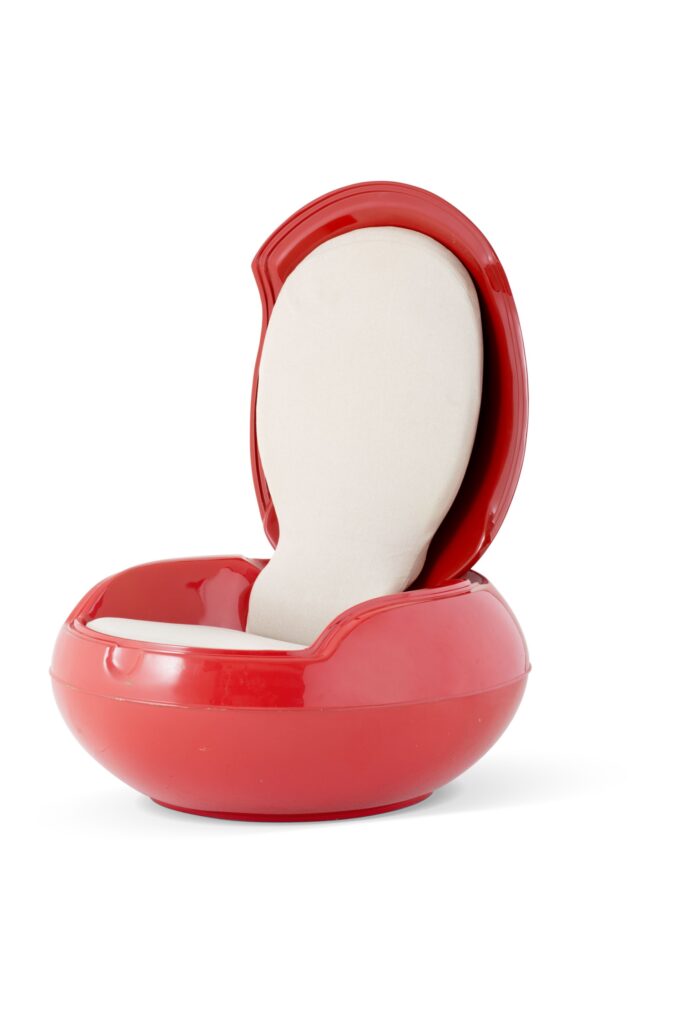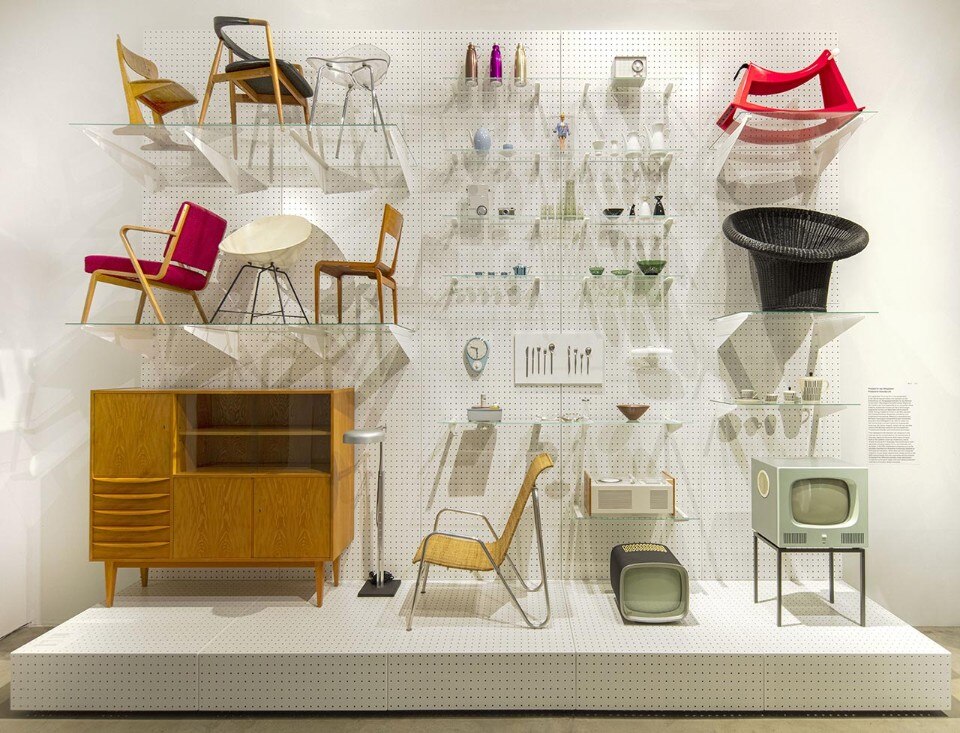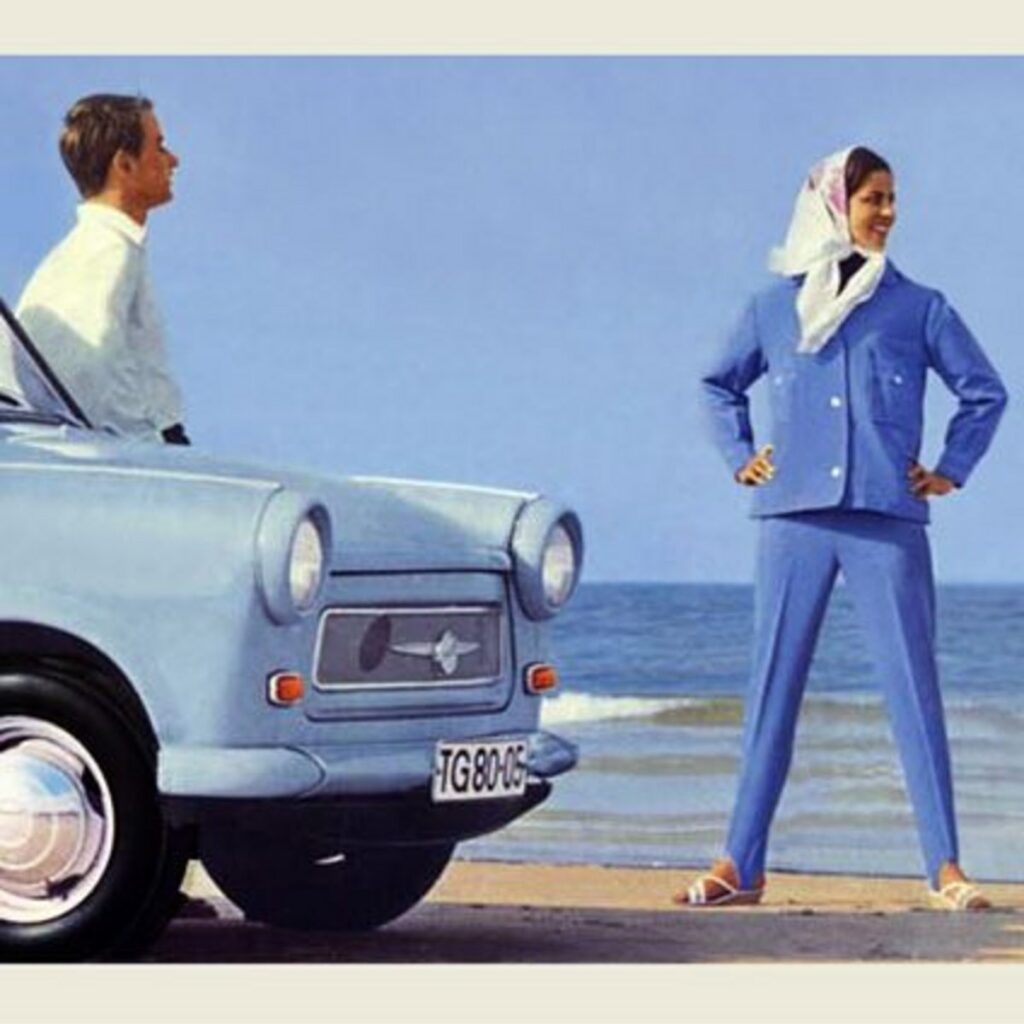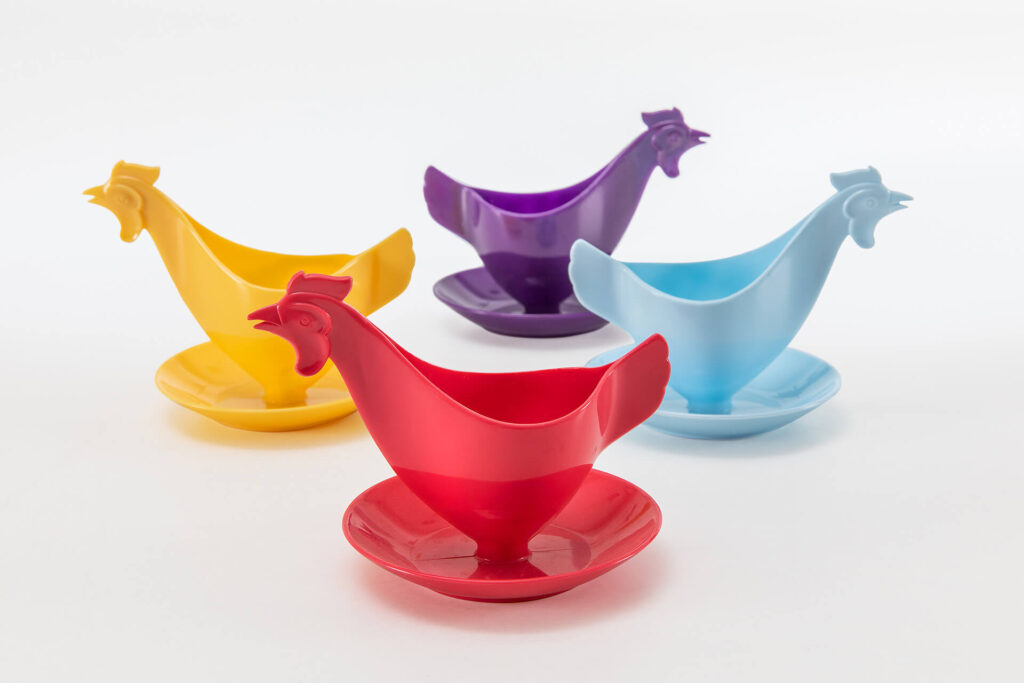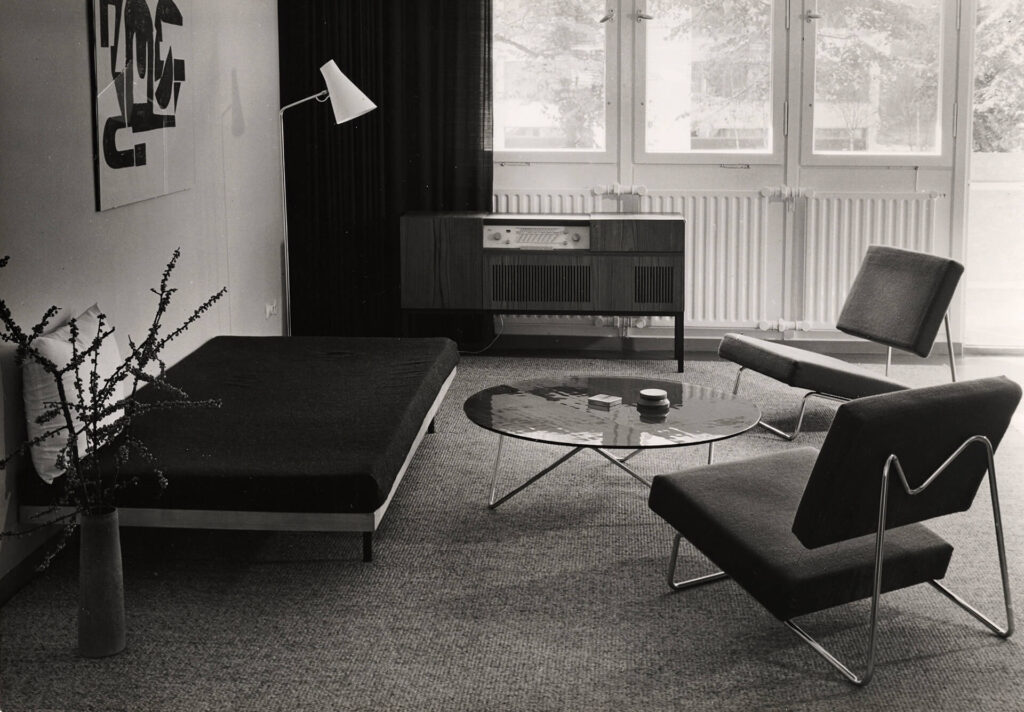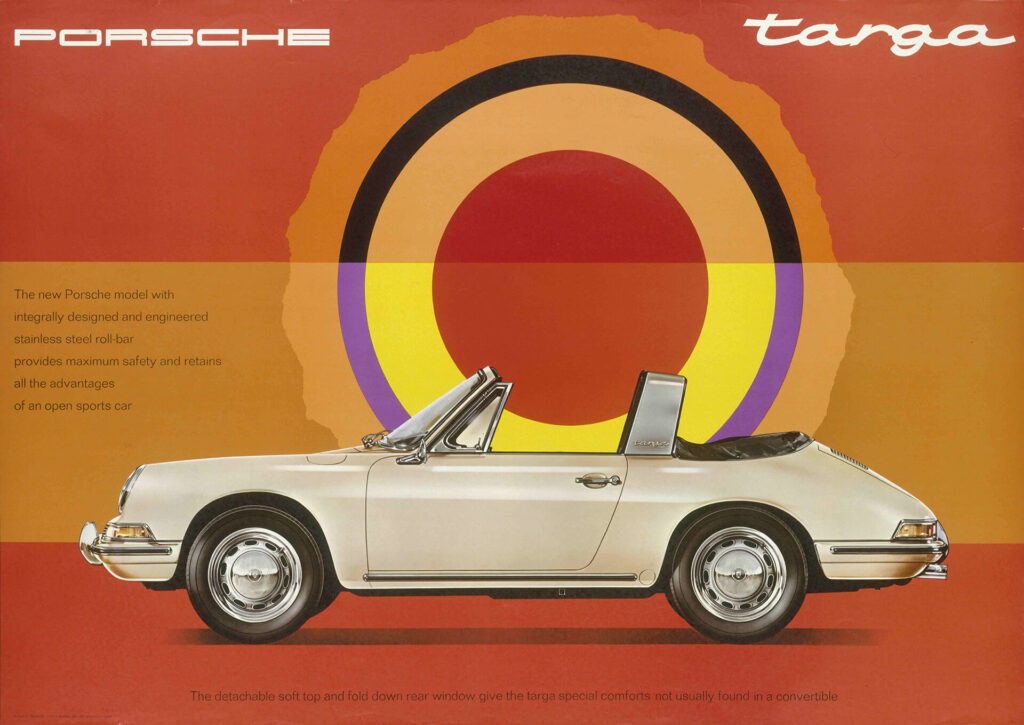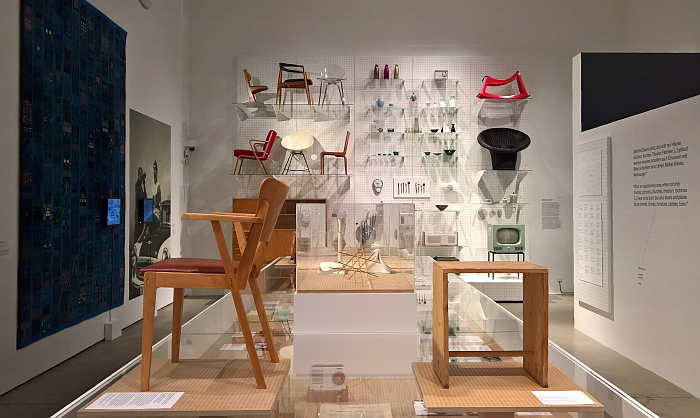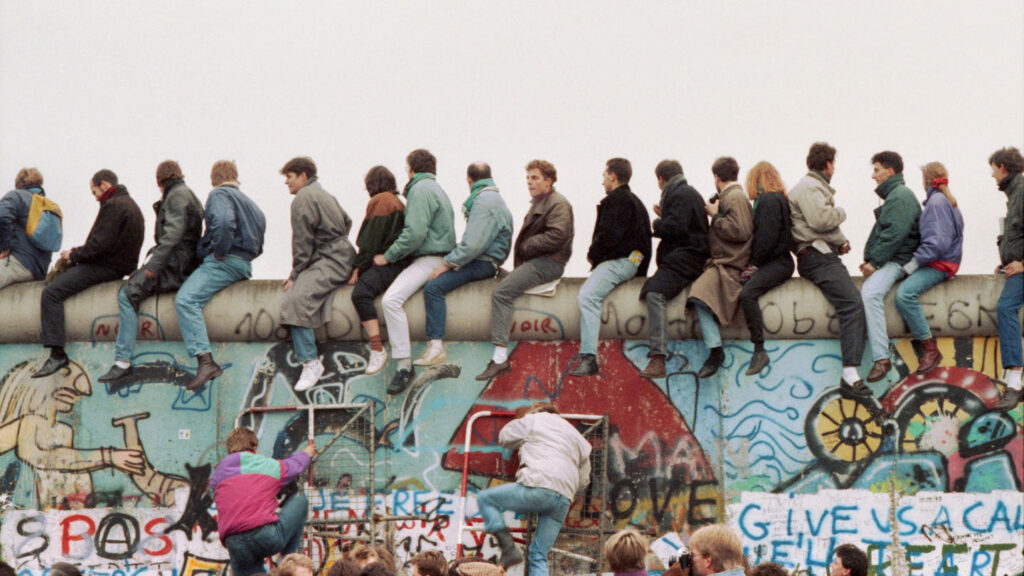
My students often ask me why German design history stops at the Nazi era. Why, they inquire, my classes on postwar and Cold War eras do not address Germany, as after all, it was much of the German design culture created by the Deutsche Werkbund association and the Bauhaus during the early part of the 20th century that has come to inspire and inform postwar design, architecture, and education elsewhere. We know that once Germany was divided, it entered another chapter, but its design history has been neglected for years. Now, the exhibition ‘German Design, 1949-1989: Two Countries One History’ at Vitra Design Museum come to fill this gap.
This ambitious, groundbreaking, and panoramic show, opened more than thirty years after the fall of the Berlin Wall, teaches us that following the division of Germany in 1949, the local design culture was clearly divided into East and West. In the West, it became a driving force in the so-called Wirtschaftswunder, or the ‘economic miracle,’ but in the East design was absorbed into the socialist planned economy, similar to other countries in communist Eastern Europe. No wonder that the Vitra Design Museum’s Director defines the show as ‘one of the most important projects carried out by the museum since its opening.’
Through the artifacts on view, we see where German design continued from its Golden Age, when critics, artists, and governments sought to improve design for the sake of economic prosperity of Germany and put the foundation of modernism. The period addressed by the show is characterized by a strong political agenda and the everyday life objects, particularly those discovered in Eastern Germany – radios, personal ID cards — are fascinating. Despite the two agendas, capitalism and socialism, East and West, the exhibition brilliantly merges the two into a single narrative, demonstrating that Germany was not only united by language, but by design agenda that was political and rooted in the early years of the Werkbund, when Germany was composed of a collection of kingdoms, all unified by the efforts to establish design culture based on modernity and the power of industry.
All images courtesy of Vitra Design Museum. The exhibition will be presented at the Kunstgewerbemuseum, Staatliche Kunstsammlungen Dresden from 15 October 2021 to 20 February 2022.
